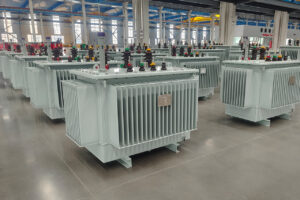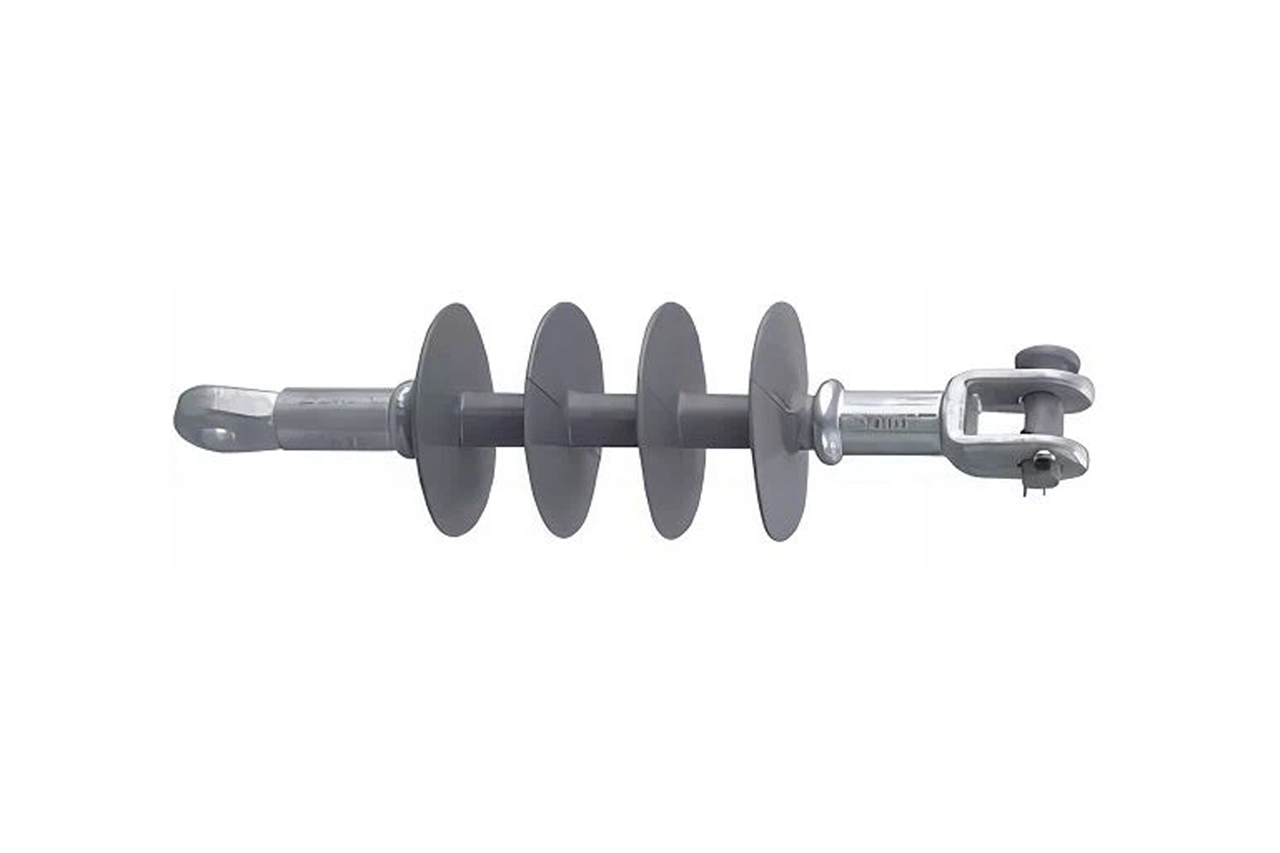An oil-immersed transformer is an electrical conversion device where the core and windings are submerged in insulating oil. This design leverages oil’s dual mission—electrical insulation and heat dissipation—to enable efficient power transfer and voltage conversion. Accounting for 80% of power distribution tasks in electrical grids, it serves as the silent engine of modern power infrastructure.

1. The Electromagnetic Heart
Core: Stacked from 0.35mm silicon steel laminations coated with insulating varnish to reduce eddy current losses. High-capacity units feature cooling oil ducts within the core.
Windings: LV windings placed near the core, HV windings outside. Copper/aluminum conductors separated by insulating barriers with vertical oil channels for cooling.
2. Oil’s Intelligent Dual Role
Insulation Barrier: Dielectric strength of 40-60kV (5x higher than air), preventing discharges
Cooling Medium: Convective circulation (hot oil rises → radiates heat in coolers → cooled oil sinks) enables continuous heat transfer. Proven 15%-20% higher efficiency than dry-type transformers
II. Critical Components & Systems
1. Main Container System
Tank: Welded steel structure housing active parts and oil. Corrugated or finned surfaces enhance heat dissipation (modern sealed designs require zero maintenance)
Conservator (Oil Expander): Compensates for oil thermal expansion via connected piping. Level marks indicate optimal oil volumes at -30°C (min), +20°C (normal), and +40°C (max full-load)
2. Protection & Safety Systems
Breather: Contains color-changing silica gel (blue when dry, pink when moist) to adsorb airborne humidity
Buchholz Relay: Installed between tank and conservator. Triggers alarm for minor faults, trips circuit for major failures4
Pressure Relief Device: Responds in 2ms (replaces explosion vents). Releases pressure at >50kPa to prevent tank rupture
3. Cooling Technology Comparison
Cooling methods directly determine load capacity. Three primary types:
| Cooling Method | Principle | Capacity Range | Key Features |
|---|---|---|---|
| Oil Natural Air Natural (ONAN) | Natural oil convection + air cooling | ≤2,000kVA | Simple, no moving parts |
| Oil Natural Air Forced (ONAF) | Fans force air over radiators | 2,000-10,000kVA | 30% capacity boost, higher power use |
| Oil Forced Air Forced (OFAF) | Oil pumps + fans drive active cooling | ≥10,000kVA | Max efficiency, complex |
III. Performance Advantages & Applications
1. Unmatched Core Strengths
Cost Efficiency: 30-40% lower price than dry-types for 1,000kVA units; maintenance costs reduced by 2/3
Overload Resilience: Handles 1.2x rated current during irrigation seasons or AC load peaks
Extended Lifespan: 20-30 year service life; S13+ models cut no-load losses to <0.8kW




